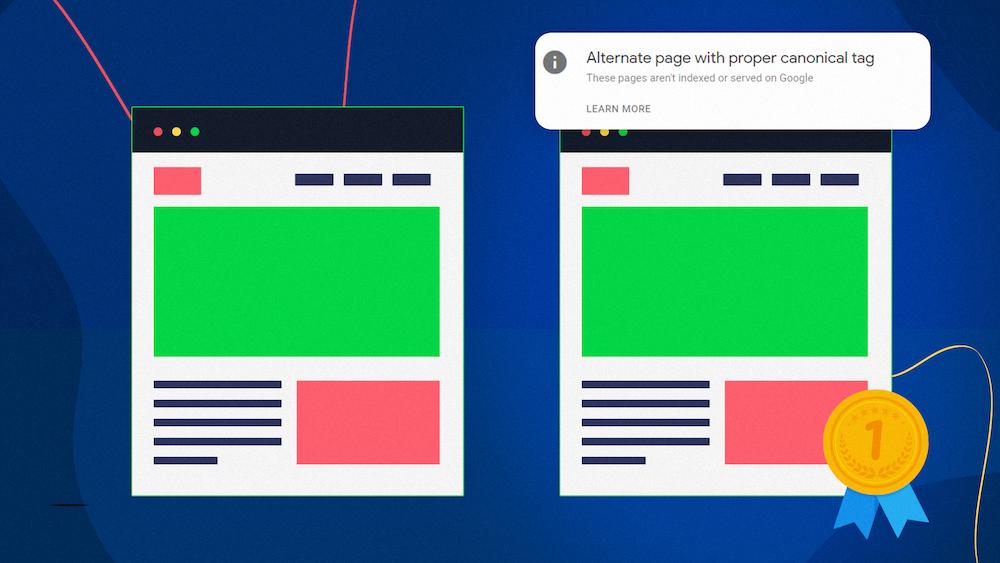How To Fix “Alternate page with proper canonical tag”

If you have duplicate or similar content across different pages on your website and you want to specify the proper canonical tag to indicate the preferred or original version of the content, here's how you can do it:
-
Identify the Preferred Page: Determine which page you want to be the canonical, i.e., the primary version that you want search engines to index and rank.
-
Insert the Canonical Tag: In the
<head>section of the preferred page's HTML, add the canonical tag with the URL of the preferred page. Use the<link>element with therel="canonical"attribute. For example:<link rel="canonical" href="https://example.com/preferred-page" />Replace
https://example.com/preferred-pagewith the actual URL of your preferred page. -
Verify the Canonical Tag: Ensure that the canonical tag is properly implemented by inspecting the HTML of the preferred page using your browser's developer tools.
-
Update Other Duplicate Pages: On the duplicate or similar pages that you want to consolidate, remove any existing canonical tags or ensure they point to the preferred page.
For example, if you have duplicate pages A and B, and you want to set A as the canonical version, ensure that the canonical tag on page B is pointing to page A:
<link rel="canonical" href="https://example.com/preferred-page" />Again, replace the URL with the actual URL of the preferred page.
-
Resubmit to Search Engines: If the pages have already been indexed by search engines, it may take some time for them to recognize and respect the canonical tag. You can expedite this process by resubmitting the pages to search engine indexes or requesting a re-crawl through their respective webmaster tools.
By properly implementing the canonical tag, you're indicating to search engines that the specified URL is the preferred and original version of the content, helping to avoid duplicate content issues and consolidate ranking signals to the preferred page.